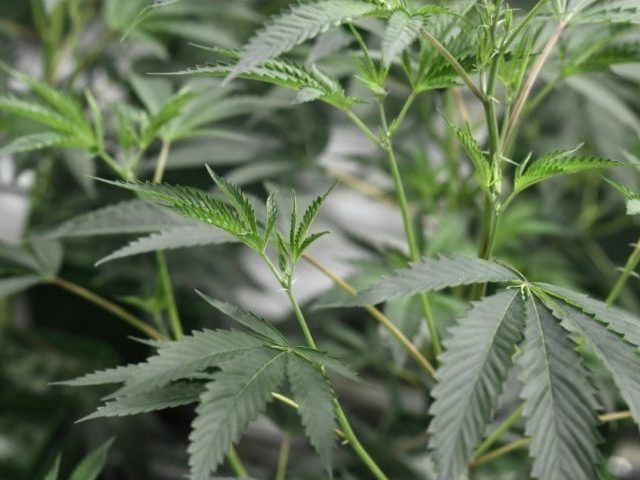TEL AVIV – Israeli researchers have discovered residue on a Biblical-era altar containing cannabis, likely used by the ancient Israelites to “stimulate ecstasy” during rituals.
The cannaboid residue, which was also found to contain animal dung – presumably used to heat the drug, was discovered on one of two Iron Age altars flanking the Juhadite shrine at Tel Arad, a temple from the Kingdom of Judah that was excavated by Israeli architects in the 1960s.
It is the earliest evidence of its kind that points to ritual use of marijuana in the region. It is possible cannabis was also used in the Temple in Jerusalem, researchers suggested in the Journal of the Institute of Archaeology at Tel Aviv University.
“The Arad shrine was compared to the First Temple in Jerusalem… and it seems that the two indeed share similar architectural characteristics (e.g., the east−west axis and the division of the architectural spaces),” the researchers noted. “This may allude to similarity in cultic rituals performed in these structures.”
Clumps of “unidentified dark material” were investigated after the temple was discovered in the early 1960s but the findings were inconclusive.
Eran Arie of the Israel Museum in Jerusalem, Baruch Rosen, and Dvory Namdar decided to reexamine the material using much more advanced technology than that used in the 1960s.

Frontal view of the cella of the shrine at Arad, as rebuilt in the Israel Museum from the original archaeological finds. The inserts show a top−down view of the altars: on the left, the larger altar; on the right, the smaller altar. (Collection of the Israel Antiquities Authority, Photo © The Israel Museum, by Laura Lachman.)
According to the researchers, the material on the smaller altar contained cannabidiol (CBD), and tetrahydrocannabinol (THC), which is the psychoactive component of cannabis, animal dung to facilitate burning and animal fat that might have been used to enable evaporation.
“Arad provides the earliest evidence for the use of cannabis in the Ancient Near East. Hallucinogenic substances are known from various neighboring cultures, but this is the first known evidence of hallucinogenic substance found in the Kingdom of Judah,” the study said.
“The use of [other] psychoactive materials is also well known in ancient Near Eastern and Aegean cultures since prehistory. It seems likely that cannabis was used at Arad as a deliberate psychoactive, to stimulate ecstasy as part of cultic ceremonies. If so, this is the first such evidence in the cult of Judah.”
“To induce a high you need the right temperature, and they clearly knew this well, just as they knew which fuel to use for each substance,” Namdar, of Israel’s Agricultural Research Organization–Volcani Center in Bet-Dagan, told Haaretz newspaper.
Residue of frankincense was found on the second, larger altar.
“Arad presents the earliest known identification of frankincense in a clear cultic context,” researchers wrote.

COMMENTS
Please let us know if you're having issues with commenting.